
Nature tourism
Trás-os-Montes
What to Do
Feel Porto and the North: a meeting with living nature
There is something profoundly therapeutic about the nature of Northern Portugal. Inhale slowly. Exhale deeply. With each breath, let yourself be embraced by the towering mountains, crystal-clear rivers, and traditions that stubbornly withstand the passage of time.
Among vibrant waterfalls, ancient forests, and villages steeped in history, life unfolds at the rhythm of the land. This is an invitation to discover the natural essence that shapes this unique region, where every step is an unforgettable encounter with life in its purest form.
Inhale. Exhale. A deep dive into the Natural Parks of Northern Portugal
The North is home to a breathtaking diversity of natural areas. Inhale. Exhale. Close your eyes, listen to the call of nature, and immerse yourself in the most remarkable Natural Parks of Northern Portugal.
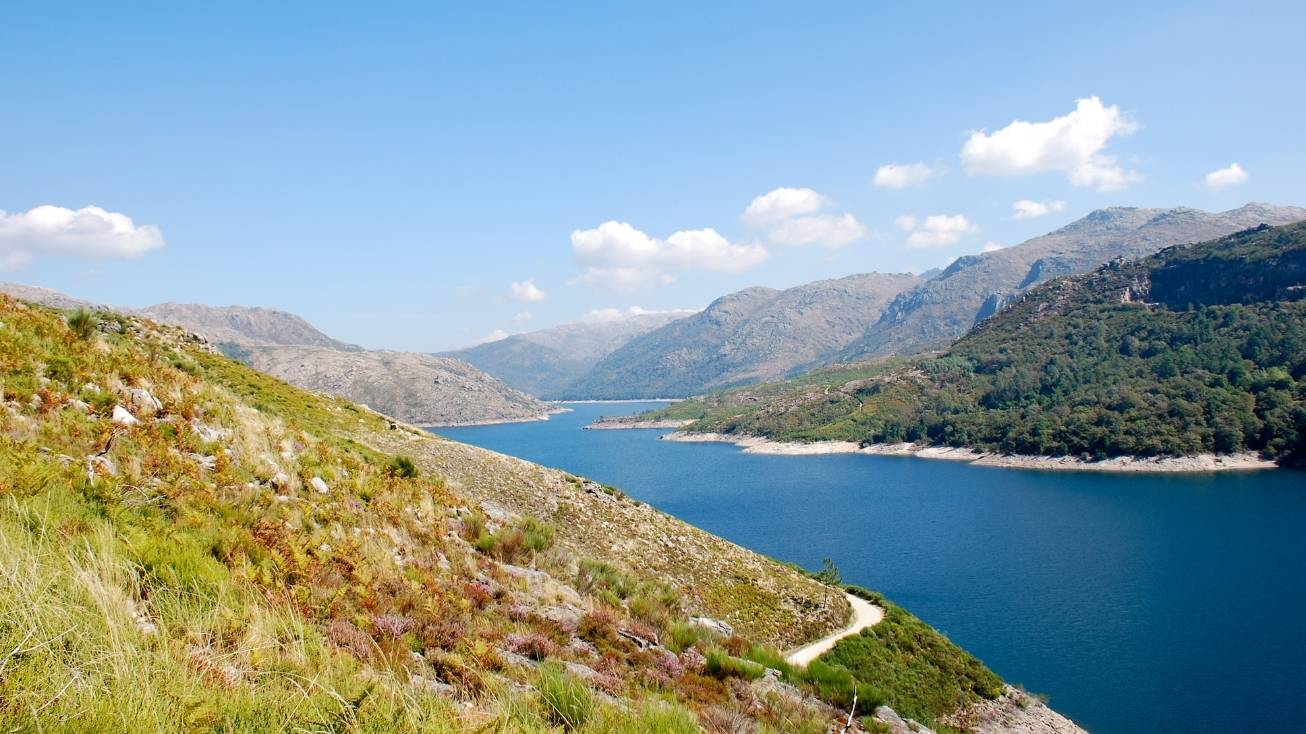
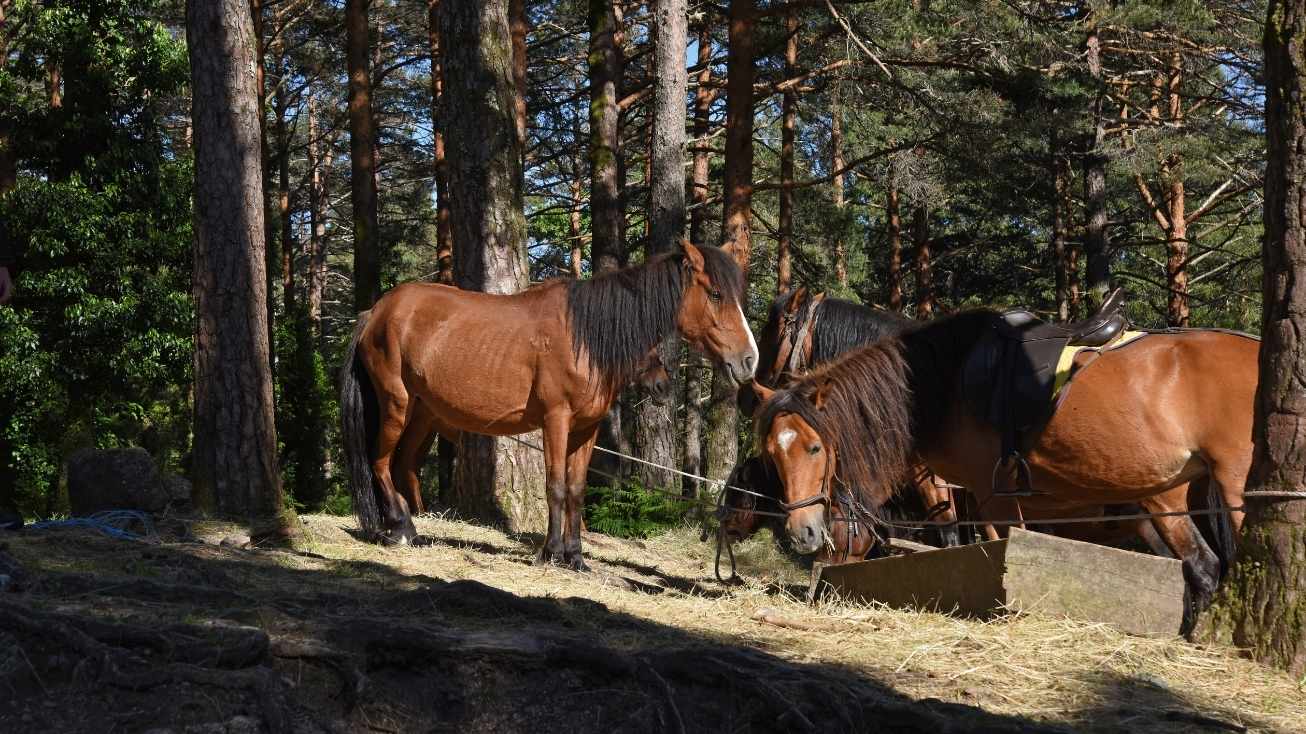
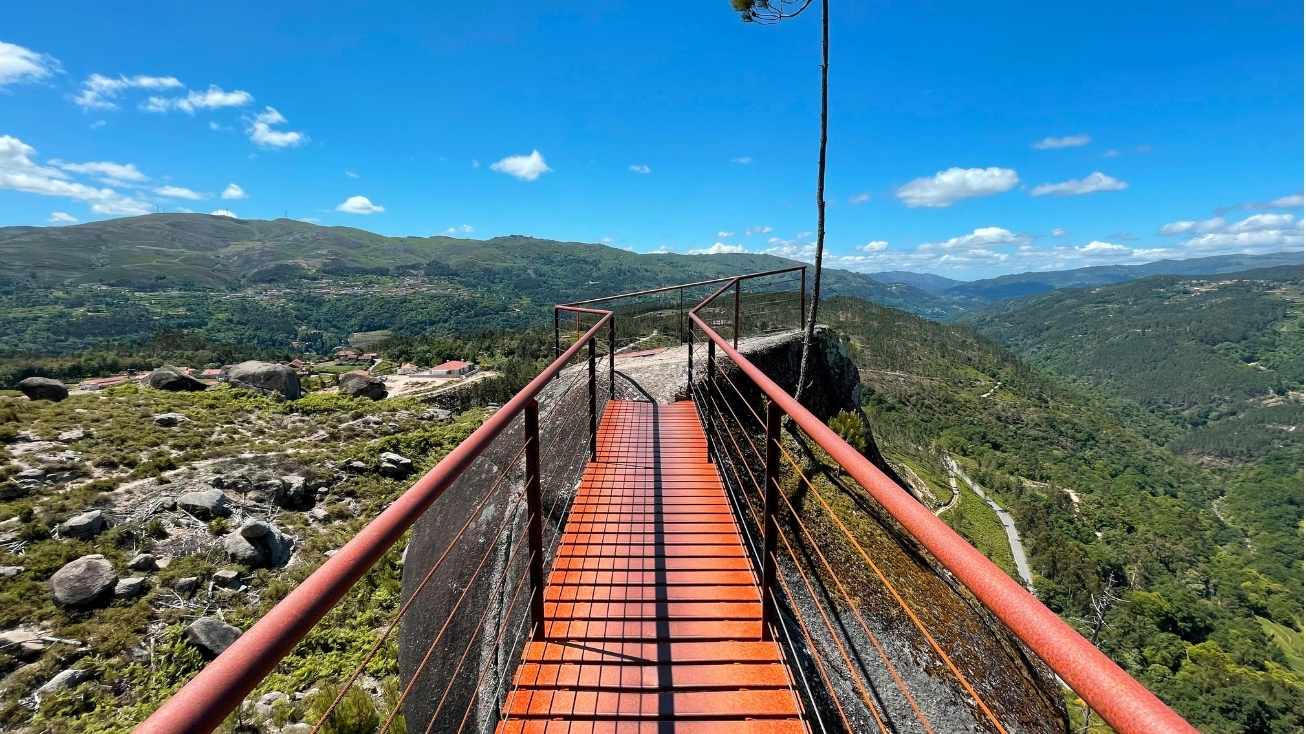
Peneda-Gerês National Park
Located in the heart of Minho and Trás-os-Montes, the Peneda-Gerês National Park is the crown jewel of Portugal’s protected areas. Spanning 70,000 hectares of rugged mountains - Peneda, Soajo, Amarela and Gerês - and deep valleys, it is a sanctuary of biodiversity.
Gerês is part of the Gerês-Xurés Biosphere Reserve, a cross-border designation shared with Spain, underscoring its immense ecological wealth and the perfect balance between nature and local culture.
With a bit of luck, you may spot garranos, the wild horses grazing on the plateaus, alongside deer wandering through the oak forests. Perhaps, in the more remote areas of the park, you might even catch a glimpse of the elusive Iberian wolf. From crystal-clear waterfalls - like Arado and Tahiti - to ancient Roman trails, Gerês offers breathtaking landscapes and a unique opportunity to immerse yourself in ecosystems that have stood the test of time, preserving the living tapestry of this exceptional National Park.
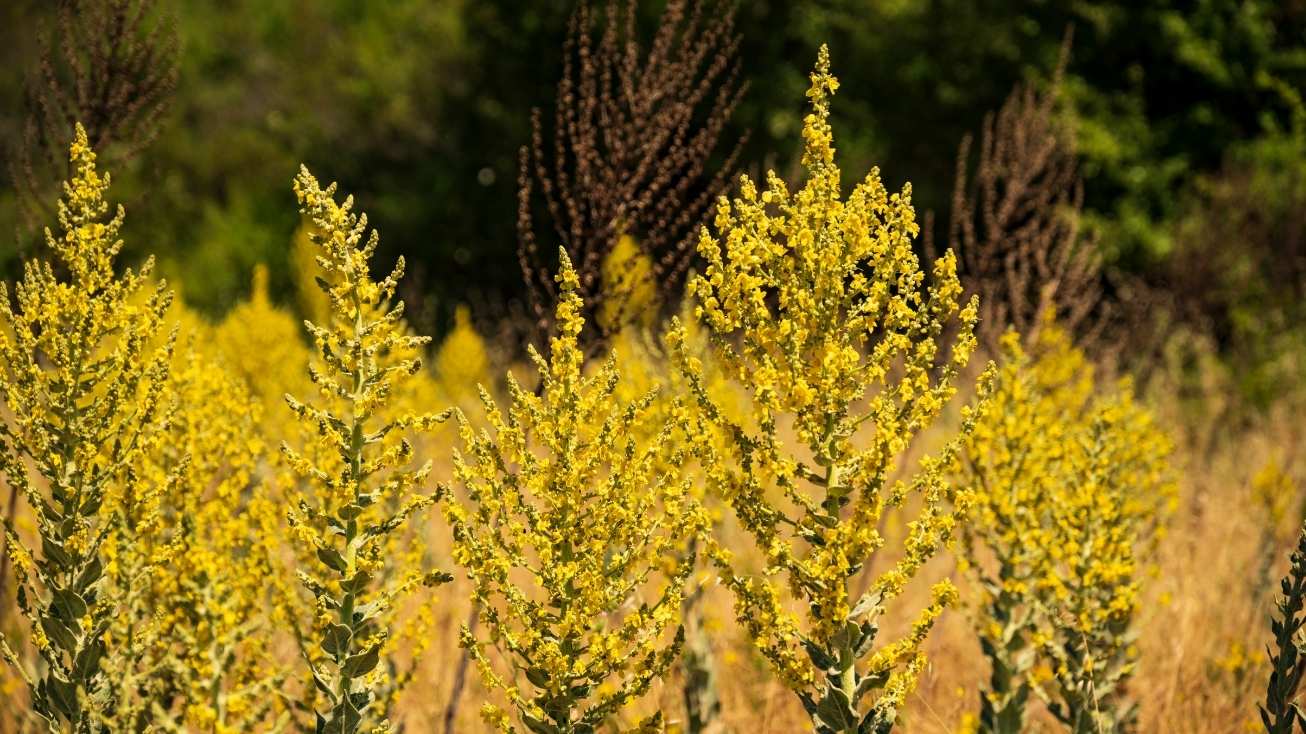
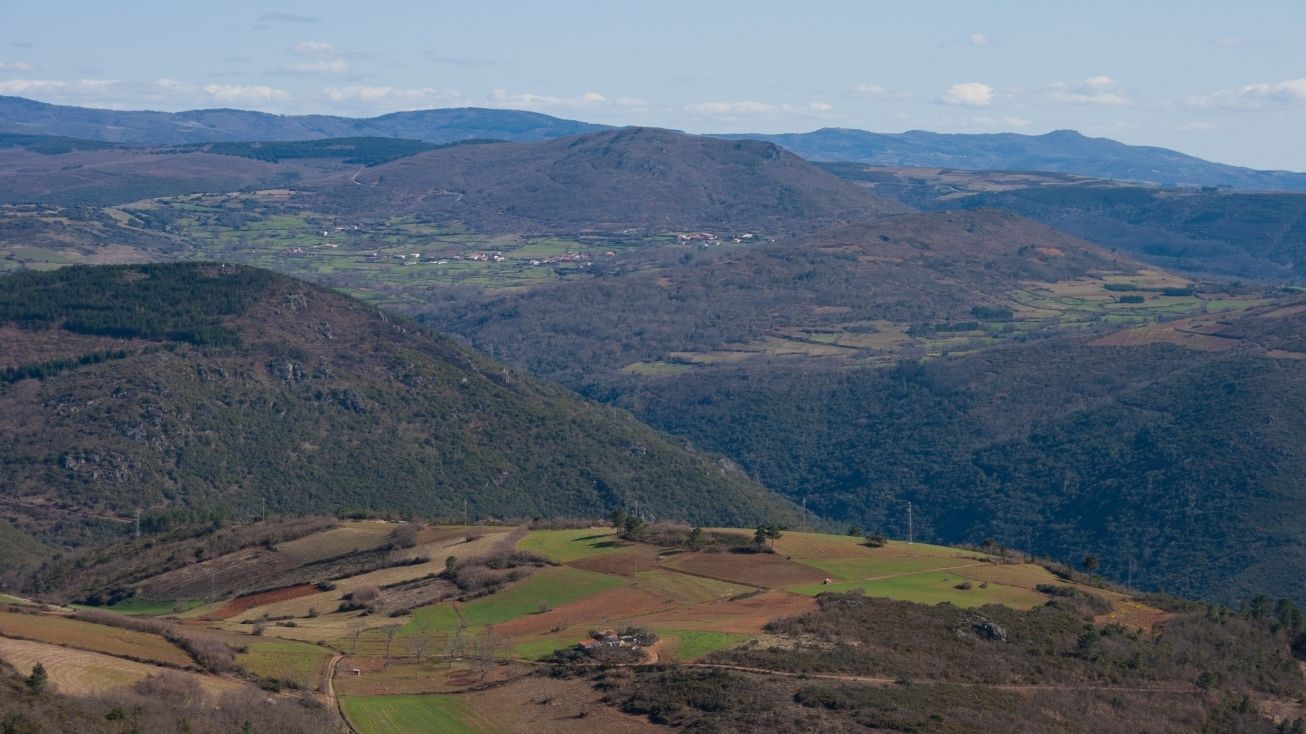
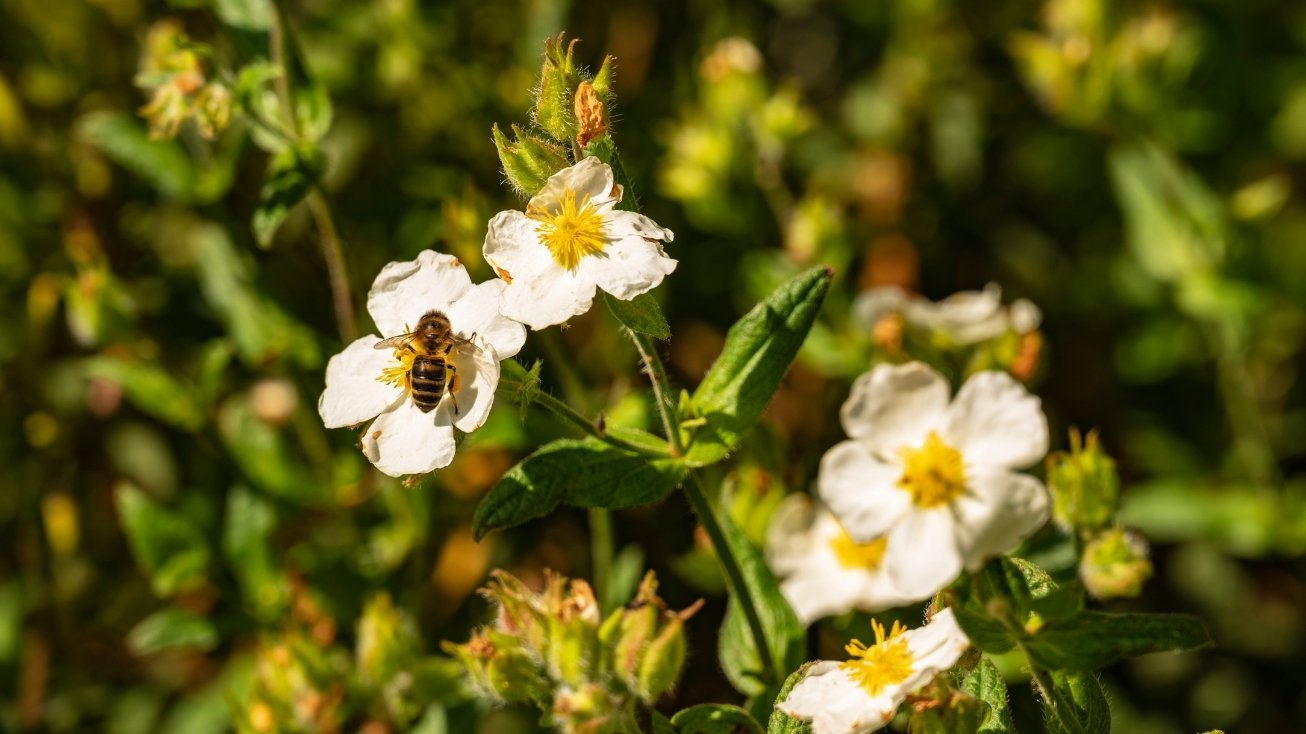
Montesinho Natural Park
Heading northeast into Trás-os-Montes, Montesinho Natural Park stretches across the mountainous landscapes and traditional villages of the Bragança and Vinhais municipalities.
One of Portugal’s wildest regions, Montesinho is home to dense forests of oaks and chestnut trees, where the elusive Iberian wolf still roams. The park is part of the Iberian Meseta Transboundary Biosphere Reserve, along with the neighboring Douro International Natural Park and the Protected Landscape of Albufeira do Azibo.
This international designation highlights the ecological importance of the region, where nature conservation is balanced with the traditional way of life of rural communities. In villages like Rio de Onor or Montesinho itself, time seems to slow down. Stone houses, shepherds with their flocks and vast landscapes exist in perfect harmony, enriching the region’s cultural and natural heritage.
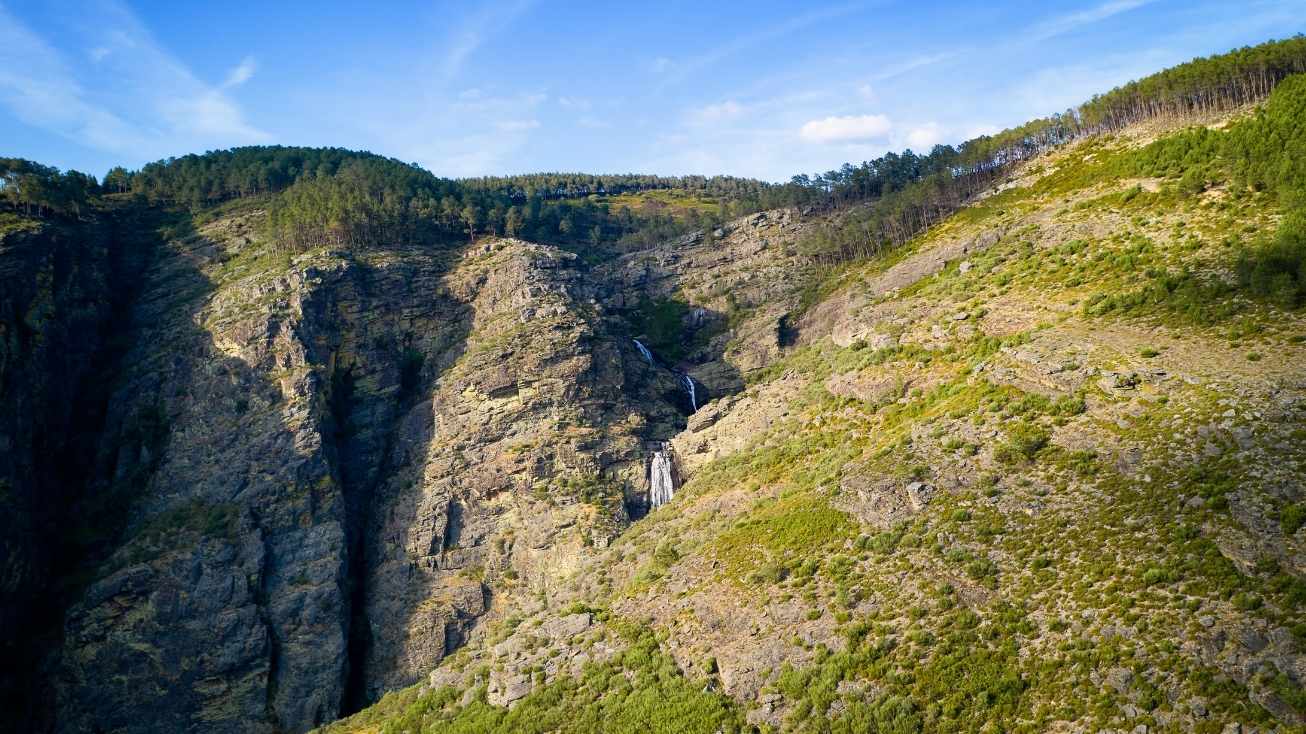
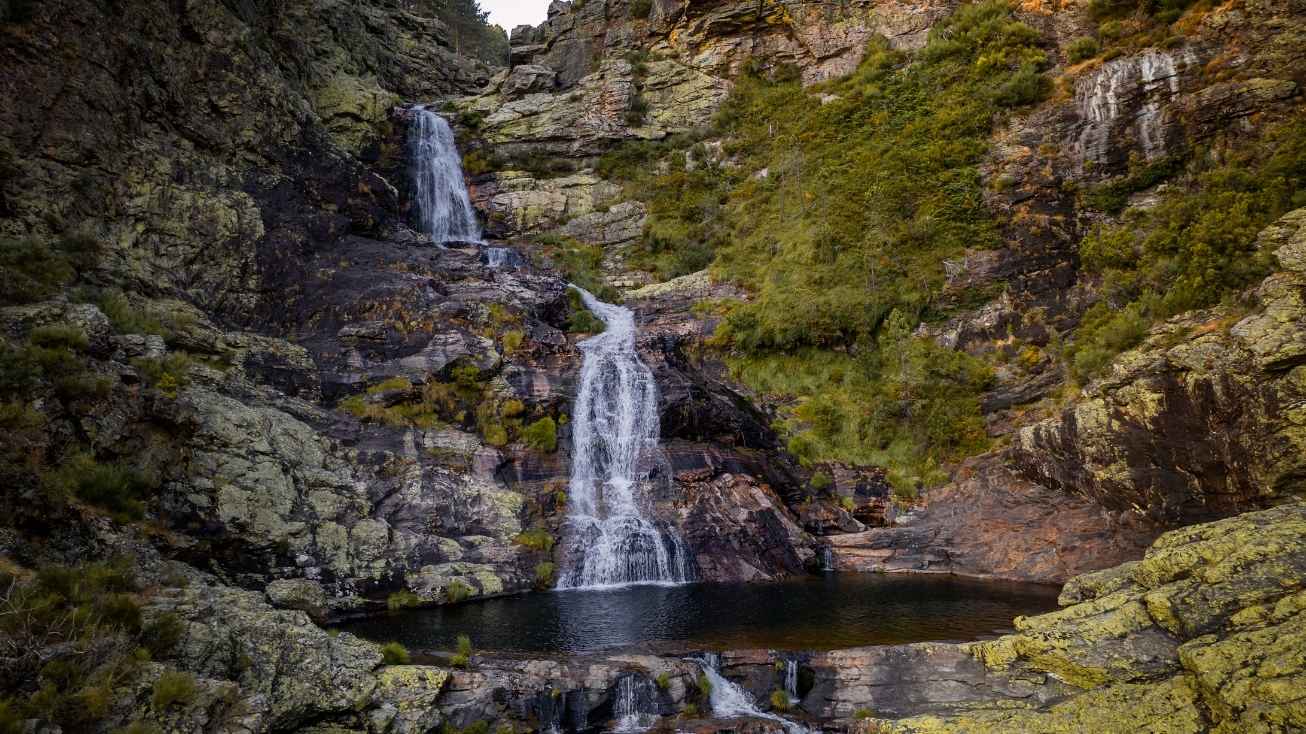
Alvão Natural Park
Further south, at the meeting point between the mountains and the Douro, discover the Alvão Natural Park. Though smaller in size, Alvão holds a hidden treasure: the Fisgas de Ermelo, a series of impressive waterfalls nestled among granite cliffs.
This breathtaking landscape, one of the largest waterfalls in the Iberian Peninsula, perfectly illustrates the rugged and spectacular nature of this region. The rivers that originate in Alvão flow through steep gorges, forming natural lagoons that serve as a habitat for otters and trout.
In the park’s villages - Ermelo, Lamas d’Olo - traditions and customs are preserved. Life flows as it once did, enriching the cultural heritage and the warm, welcoming landscape.
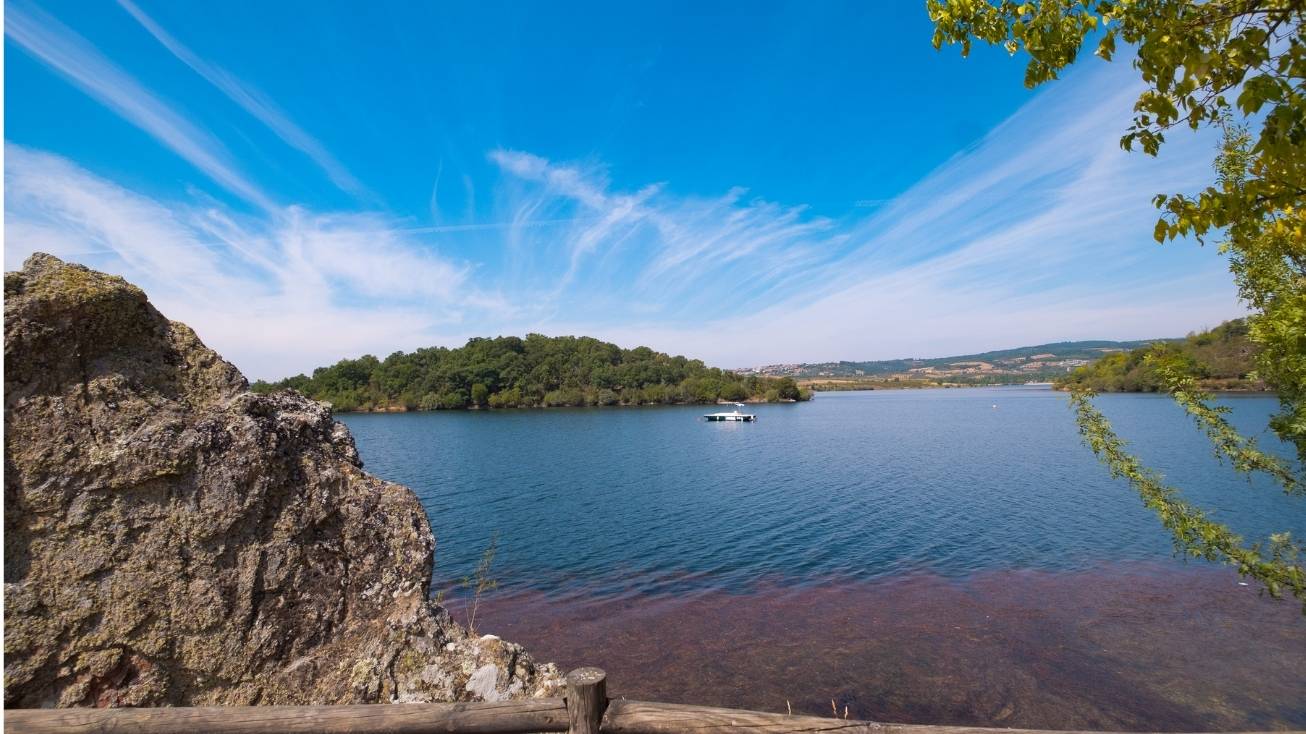
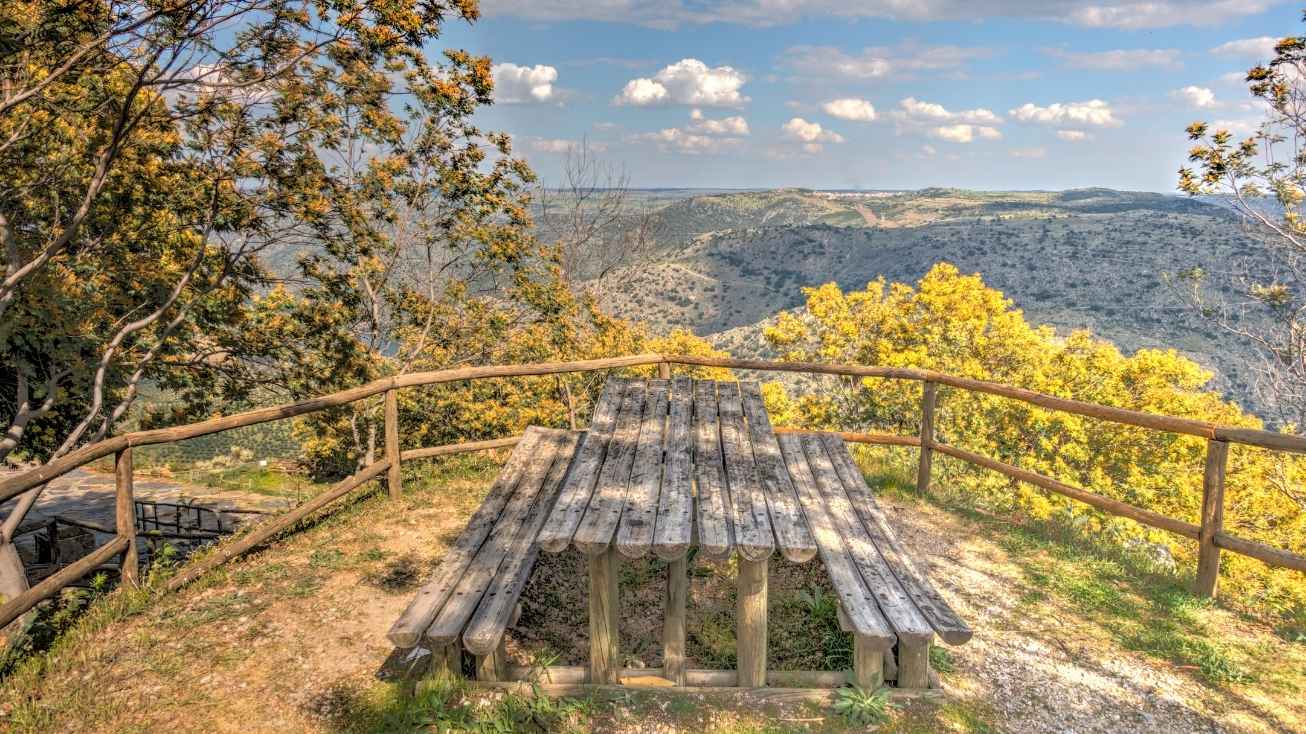
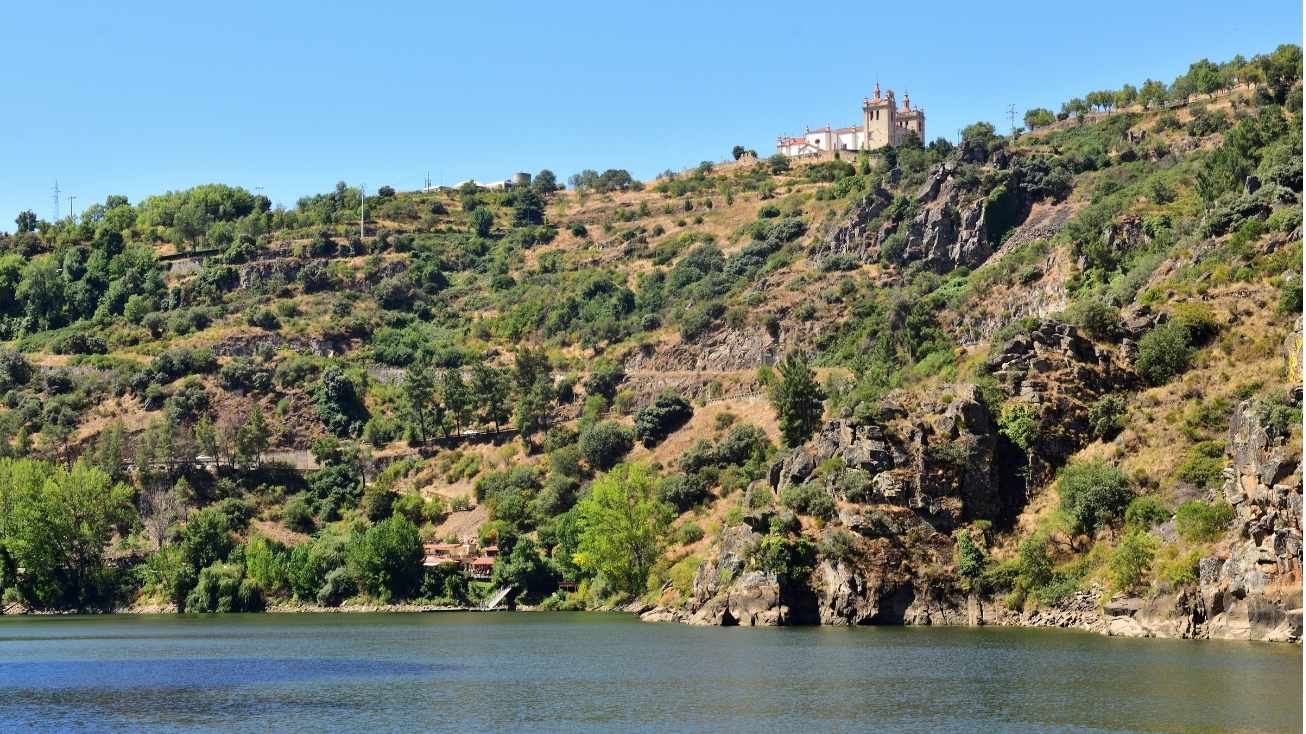
International Douro Natural Park
Stretching along the eastern border of Northern Portugal, following the natural line that separates Portugal from Spain, lies the International Douro Natural Park.
The Douro River carves its way through deep granite gorges, creating breathtaking landscapes. These cliffs serve as a refuge for various birds of prey, making the International Douro a paradise for birdwatching. With patience and silence, visitors may spot rare species such as the Egyptian vulture (also known as britango), which nests in the steep valley walls, or the griffon vulture soaring majestically over the river.
Lookouts such as São João das Arribas or Picote offer stunning panoramic views over the river as it winds between the rocky escarpments. Along its calmer banks, near Miranda do Douro, visitors may hear Mirandese, Portugal’s officially recognized second language.
Close to the Douro, near Macedo de Cavaleiros, the protected area of the Azibo Reservoir is known for its river beaches and rich birdlife. Here, visitors can alternate between a refreshing swim and observing herons and wild ducks at sunset.
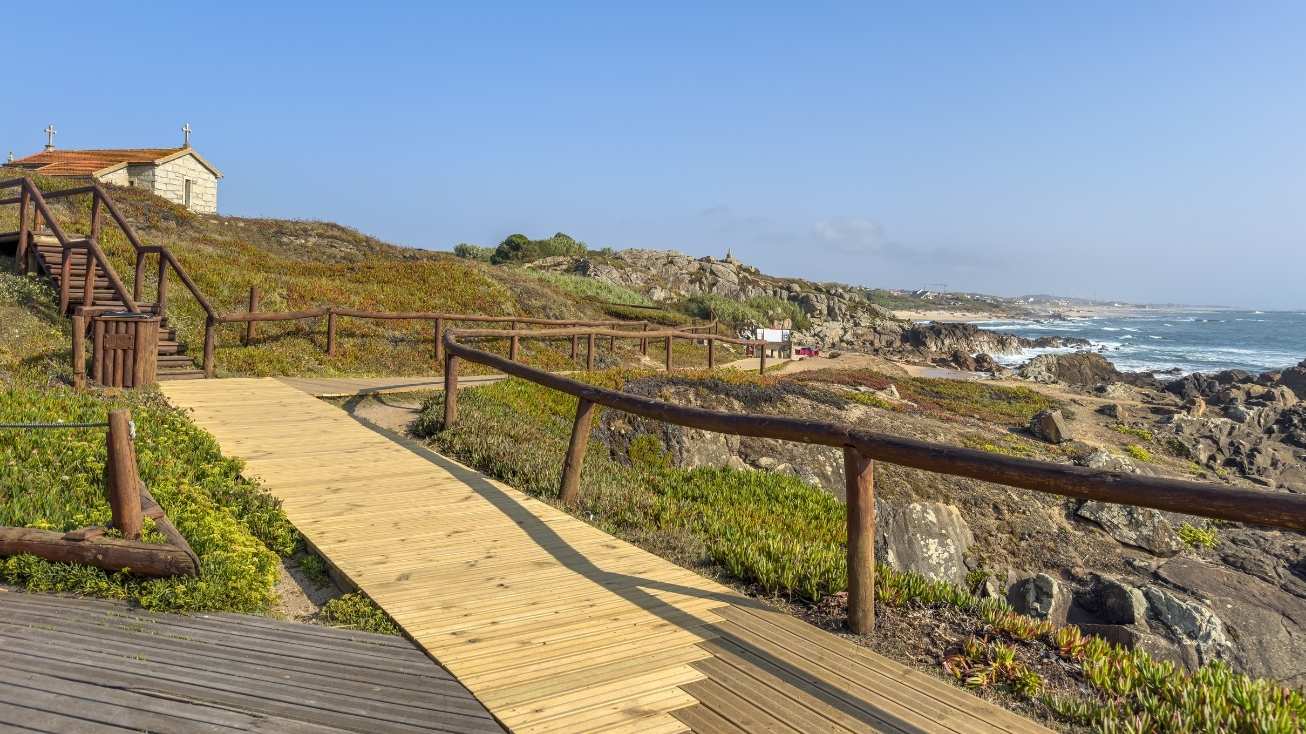
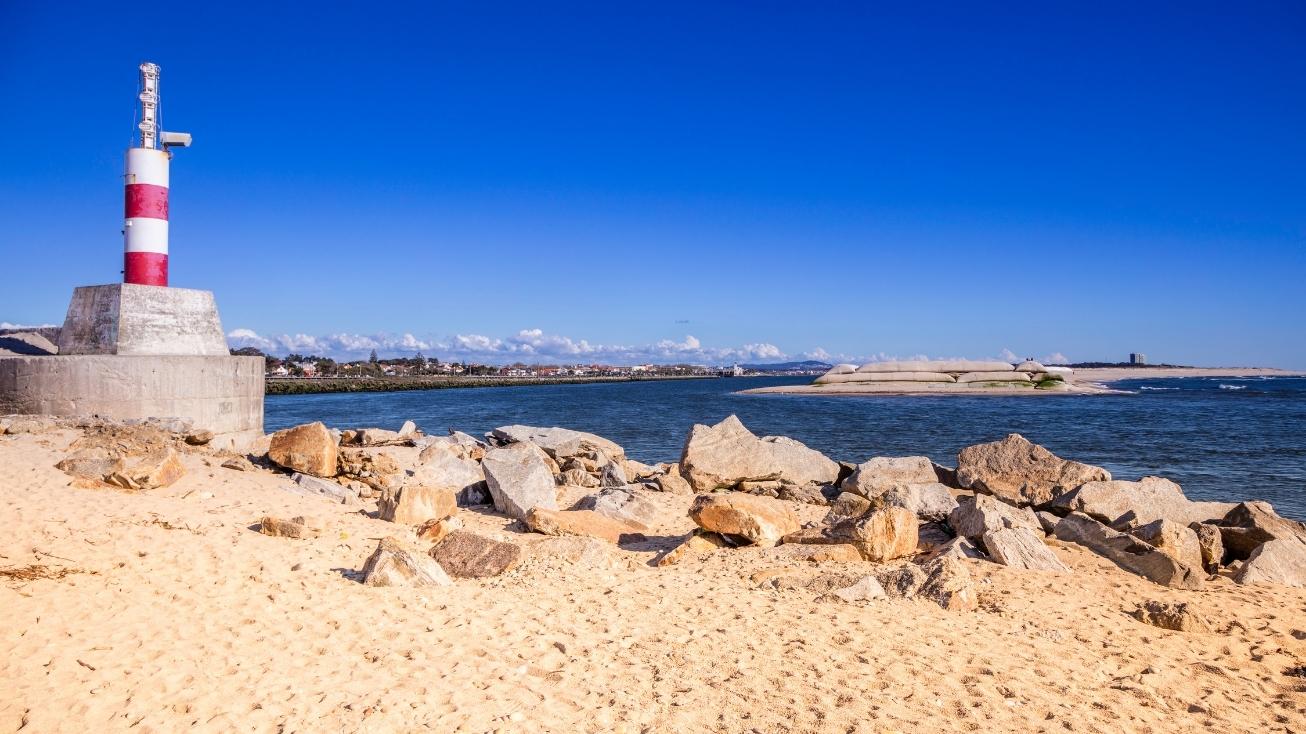
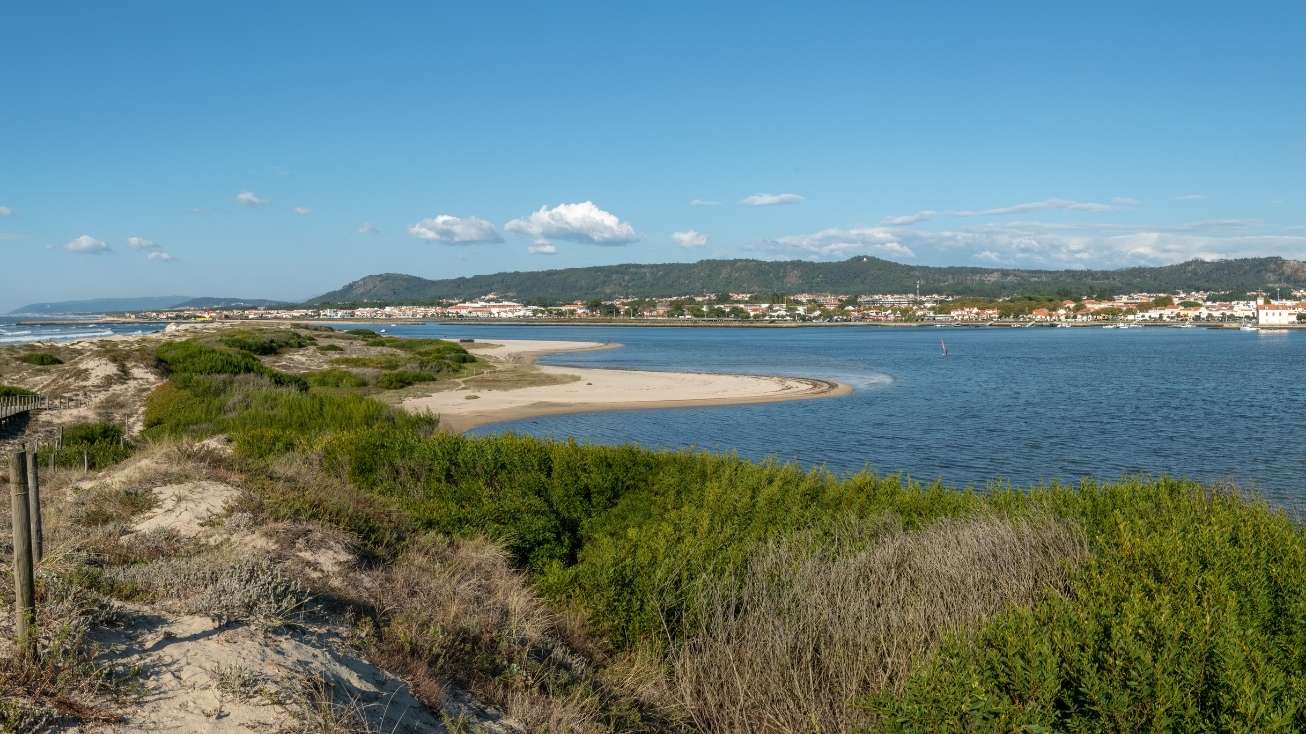
Northern Coastal Natural Park
In the northernmost stretch of Portugal’s coastline, just above Porto, lies the Northern Coastal Natural Park. This protected area encompasses the mouth of the Cávado River and the coastal region of Esposende, featuring well-preserved dune systems, maritime pine forests, and estuaries teeming with life. Stretching across kilometers of semi-wild beaches, golden dunes, and scenic coastal landscapes, it is where the Atlantic Ocean meets lush green fields.
During certain times of the year, particularly in autumn and spring, these coastal wetlands become crucial stopovers for migratory birds, attracting flamingos, herons, and other aquatic species.
Walking along the wooden boardwalks over the dunes or visiting the Mindelo Ornithological Reserve - Portugal’s first protected area, established in the 1950s - offers an immersive experience of this pristine coastline.
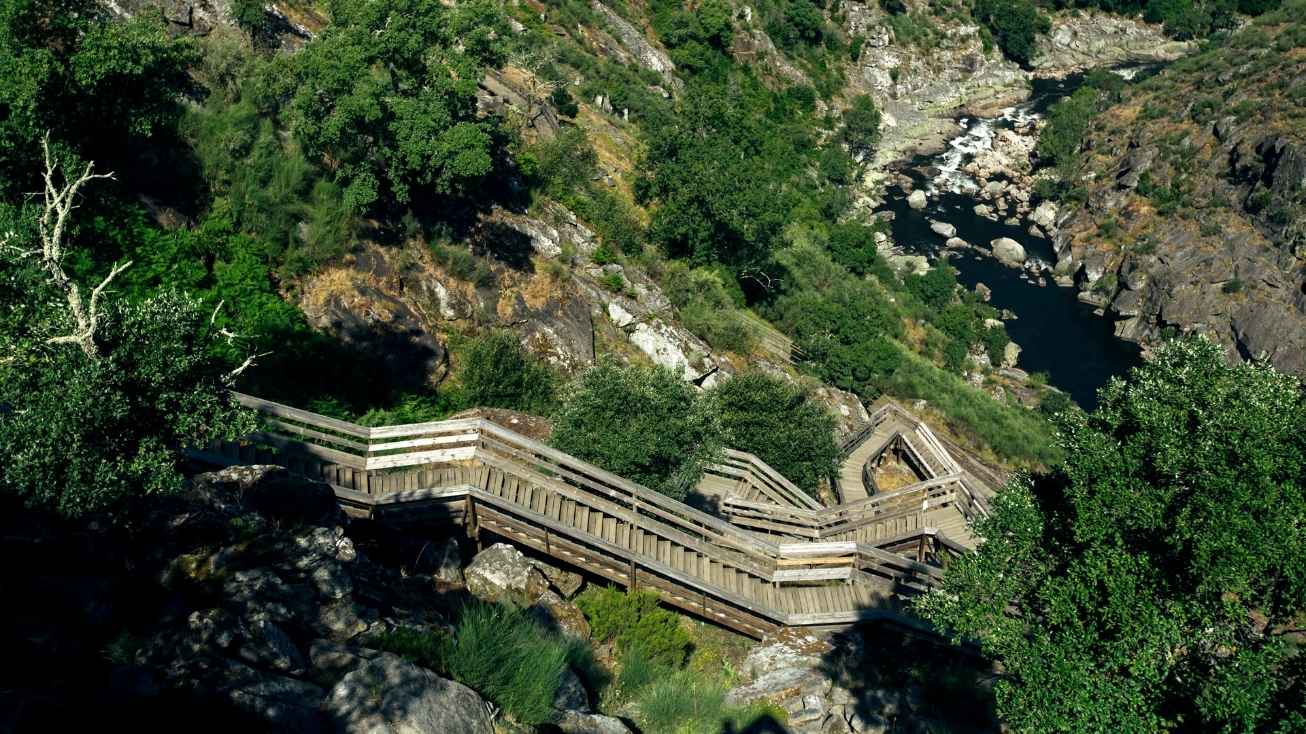
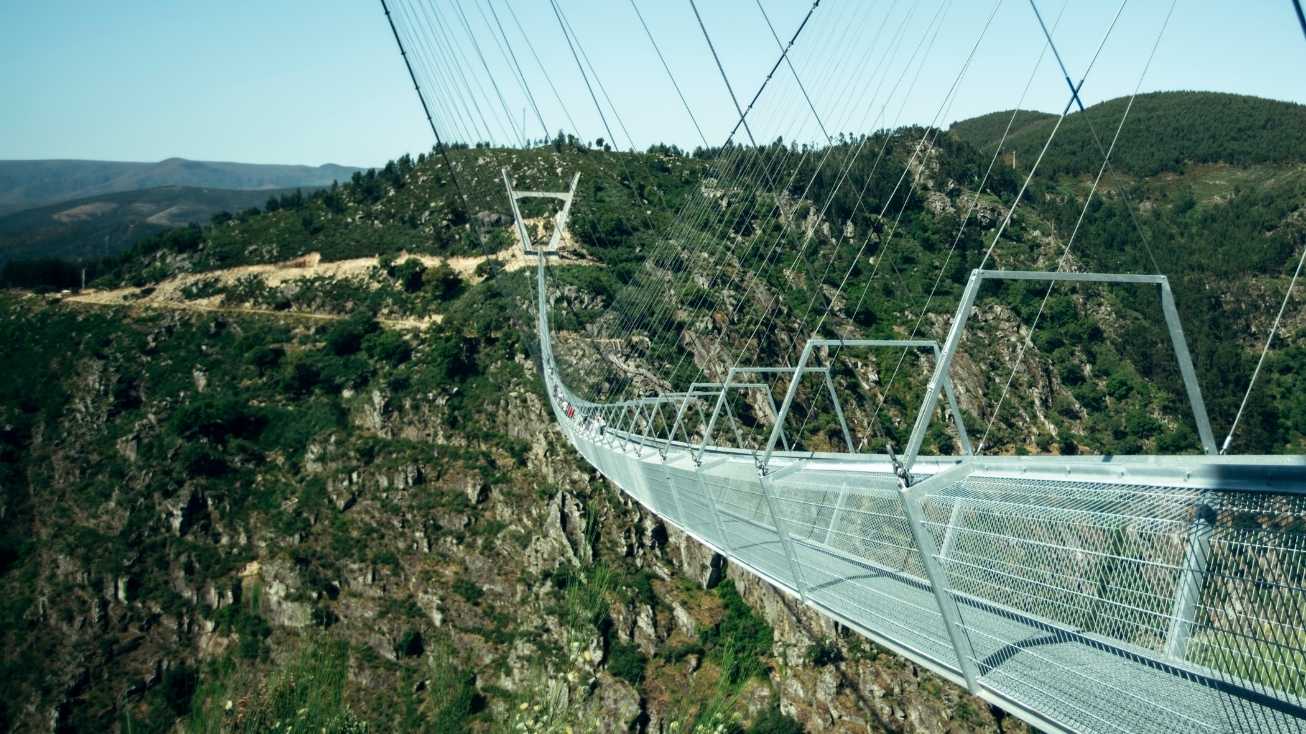
Vale do Tua Regional Natural Park
The Vale do Tua Regional Natural Park, located in the northeast of Portugal, spans the municipalities of Carrazeda de Ansiães, Alijó, Murça, Mirandela, and Vila Flor. Created to protect and enhance the region’s natural, cultural, and scenic heritage, the park stretches along the steep valley of the Tua River, a tributary of the Douro. This territory is characterized by a wide variety of habitats, including Mediterranean forest areas, terraced vineyards, olive groves, and cork oak woodlands, serving as a refuge for many protected species of flora and fauna. The natural landscape is complemented by historic villages that preserve rural traditions and age-old ways of life.
The park promotes sustainable activities such as ecotourism, environmental education, and the appreciation of local products. Visitors can enjoy hiking and cycling trails, scenic viewpoints overlooking the river, and cultural experiences related to gastronomy and traditional crafts. The Tua Line, a former railway refurbished for tourism, offers a unique way to explore the area. The Vale do Tua Regional Natural Park stands as an example of harmony between nature conservation and regional development, encouraging responsible tourism and local community involvement.
Organised Tours
The region is home to numerous companies that offer outdoor activities and nature tours. Here are a few examples:
- Explore Iberia;
- Tobogã;
- Portugal Green walks;
- Geres Holidays;
- A2Z;
- Portugal NTN;
- Just Come;
- Cepo Verde.
Geoparks of Northern Portugal
In addition to its Natural Parks and the Peneda-Gerês National Park, Northern Portugal is home to UNESCO-recognized Geoparks, which highlight the region’s exceptional geological heritage.
Arouca Geopark
Arouca Geopark is renowned for its Pedras Parideiras (Birthing Stones) and trilobite fossils, offering visitors a fascinating glimpse into prehistoric life. Nature enthusiasts can explore the Paiva Walkways, a scenic wooden path along the Paiva River, or test their courage on the 516 Arouca Suspension Bridge, one of the longest pedestrian suspension bridges in the world, adding a thrilling edge to any adventure.
Terras de Cavaleiros Geopark
The Terras de Cavaleiros Geopark, located in Trás-os-Montes, showcases remarkable geological diversity, with mountain ranges, volcanic lagoons, and geological trails that unveil the ancient history of the Earth.
Like all of Northern Portugal’s protected areas, these geoparks are part of UNESCO’s Global Geopark Network, offering visitors a unique opportunity to witness firsthand the harmonious interaction between geology, biodiversity, and human heritage, shaping some of the most breathtaking landscapes in the region.
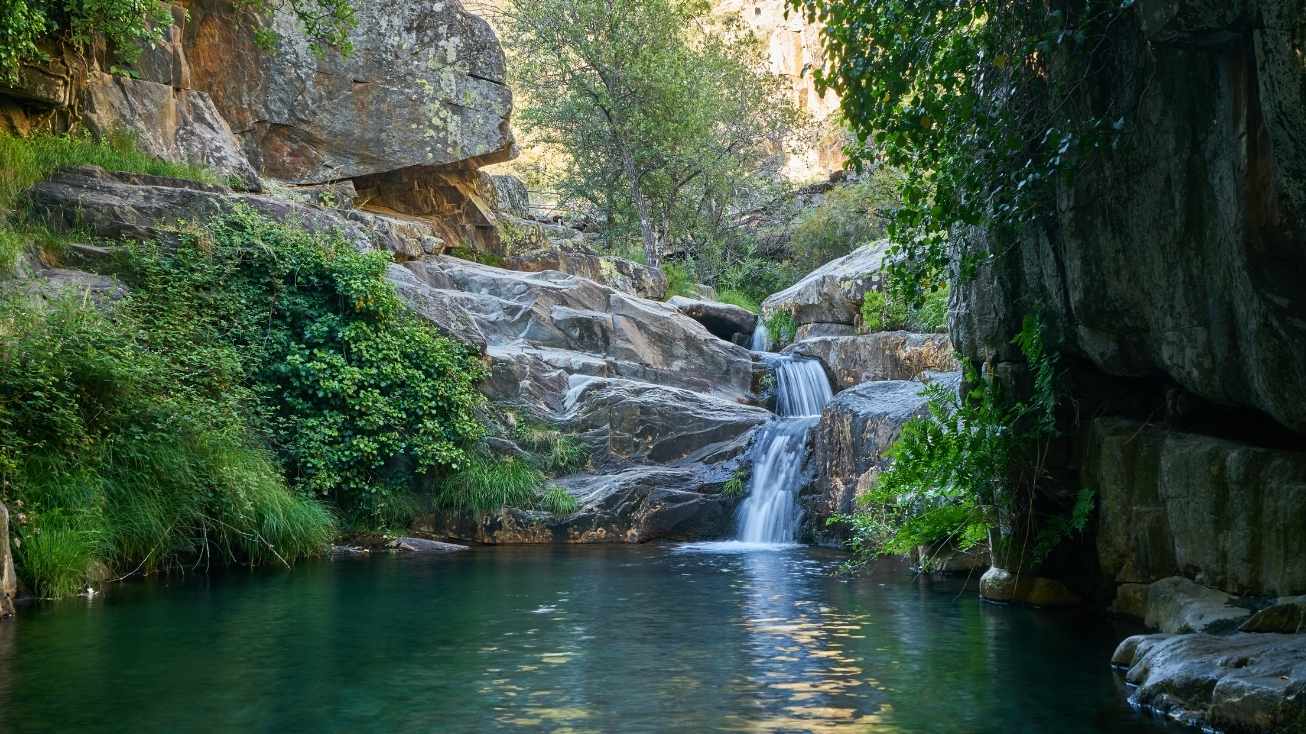
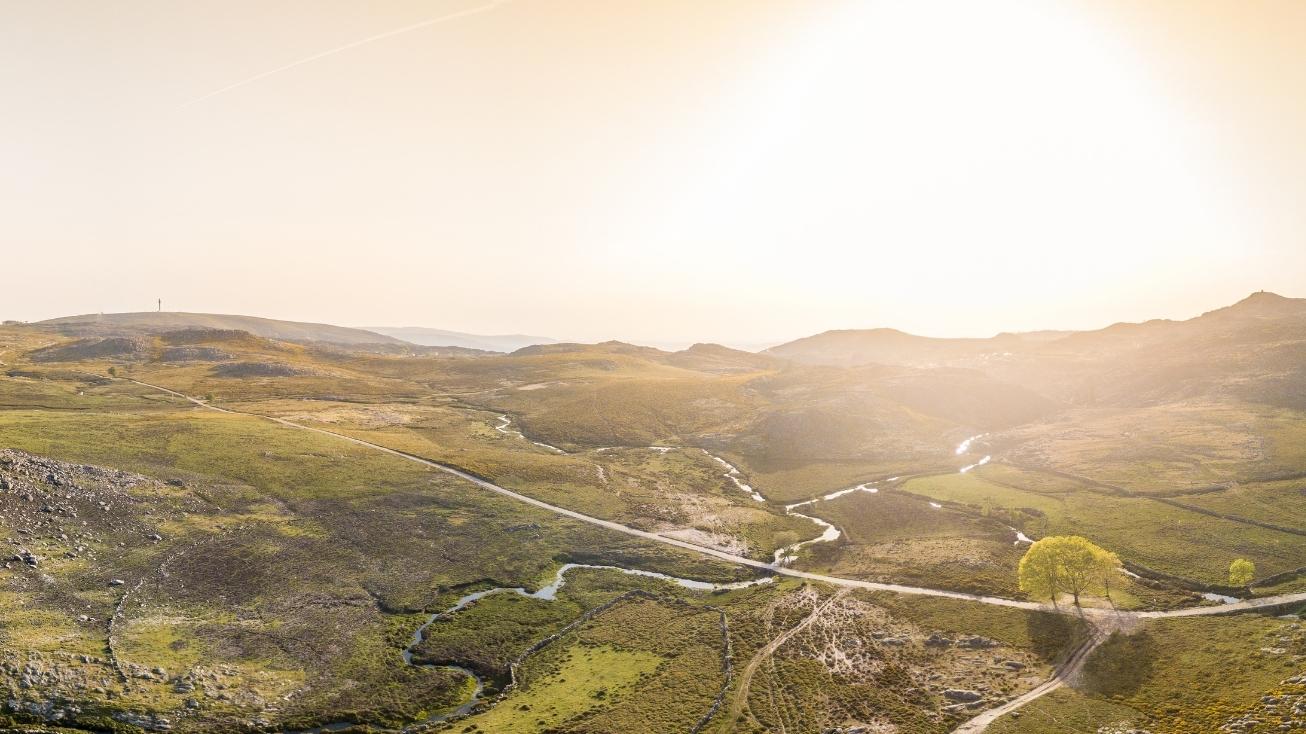
Hiking and Trails
Northern Portugal offers dozens of well-marked hiking trails, allowing visitors to explore mountains and valleys on foot. Here are some of the region’s most iconic routes:
GR50 – The Great Peneda-Gerês Route
For experienced hikers, the GR50 – Great Peneda-Gerês Route is an epic 200 km linear trail that stretches across the entire Peneda-Gerês National Park, from Melgaço to Montalegre.
This multi-day trek takes adventurers past medieval castles, ancient oak forests, and remote mountain villages, offering an immersive journey through the "Golden Mountains" of Gerês.
GR28 – Through the Mountains and Valleys of Arouca
Another emblematic long-distance trail is the GR28 – Through the Mountains and Valleys of Arouca, a circular 83 km route that traverses mountain ranges such as Serra da Freita and the wild valleys of the Paiva and Paivó rivers, located within the Arouca Geopark.
Along the way, hikers cross suspension bridges, explore ancient mines, and pass through picturesque slate villages, all set against breathtaking landscapes. For shorter hikes, the region offers numerous local trails, such as:
- The Seven Lagoons of Xerez in Gerês
- The Penalva Hillfort Trail in Douro
- The Pitões das Júnias Waterfall Trail in Barroso
Hiking enthusiasts will be delighted by Northern Portugal’s rich biodiversity. Whether spotting a roe deer drinking from a stream or walking through fragrant carpets of heather, gorse, and broom, each trail promises a unique sensory experience in nature.

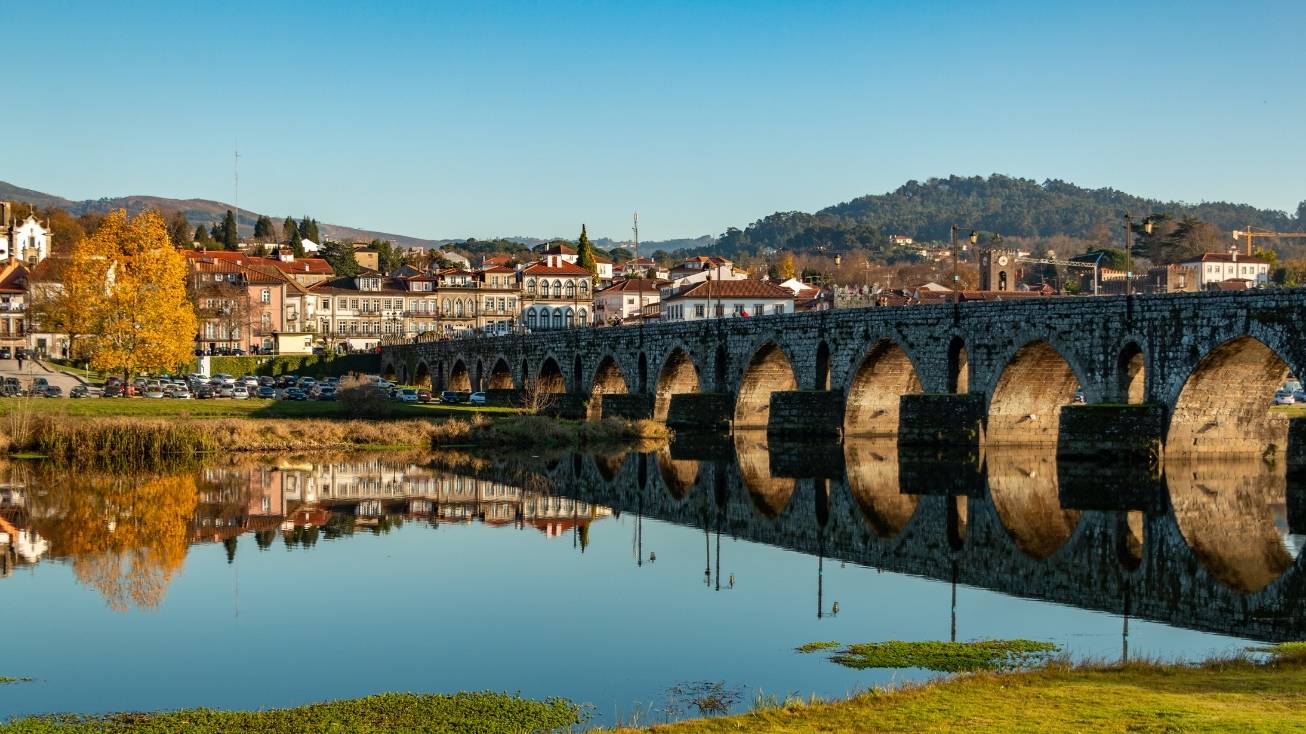
Cycling and Bike Touring: for those who love to pedal
Cycling through Northern Portugal is an enriching experience, whether it's mountain biking (MTB) across rugged terrain or leisurely rides along scenic greenways. Many former railway lines have been converted into safe cycling routes, offering a variety of options for cyclists of all levels.
Ecopista do Rio Minho
This 40 km cycling route connects Monção to Valença, following the Minho River and winding through the vineyards of Vinho Verde. With a flat and accessible terrain, it is perfect for families and casual riders who can admire century-old bridges, traditional farmlands, and restored railway stations while catching glimpses of Galicia across the river.
Ecovia do Rio Lima
The Ecovia do Rio Lima runs between Ponte de Lima and Viana do Castelo, tracing the banks of the Lima River through cornfields and charming riverside villages.
Cycling through the Gerês or Montesinho Mountains requires endurance, but the reward is unmatched: hidden lagoons, breathtaking viewpoints, and a sense of absolute freedom as you ride across high plateaus.
No matter which route you choose, cycling allows for a deeper connection with nature, enabling you to explore at your own pace and experience the landscape in an intimate and immersive way.
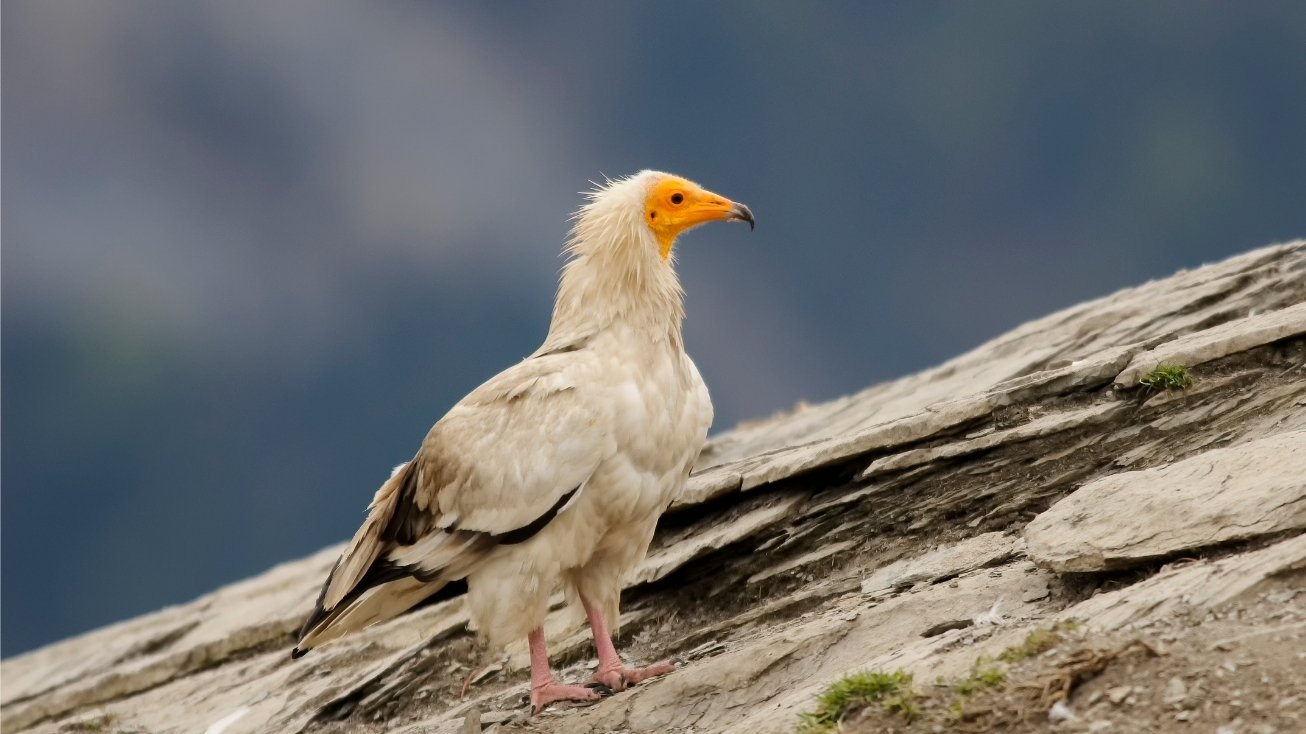
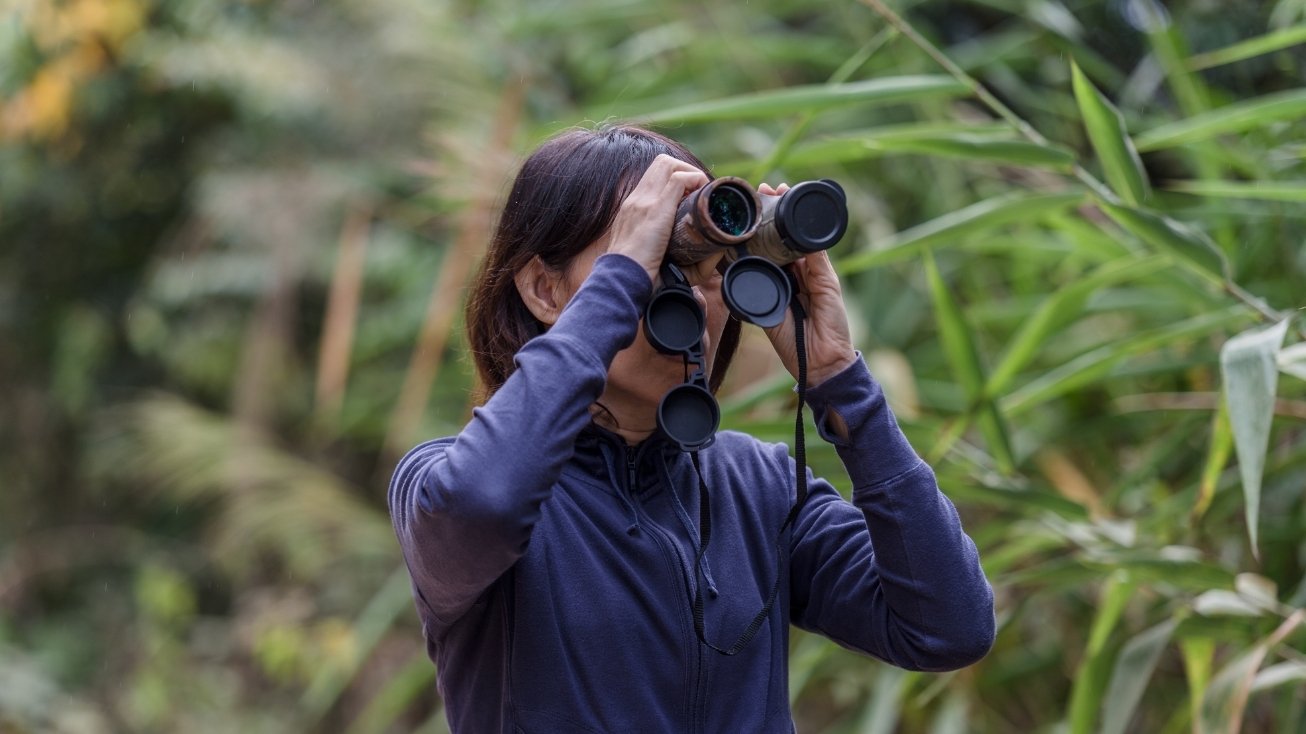
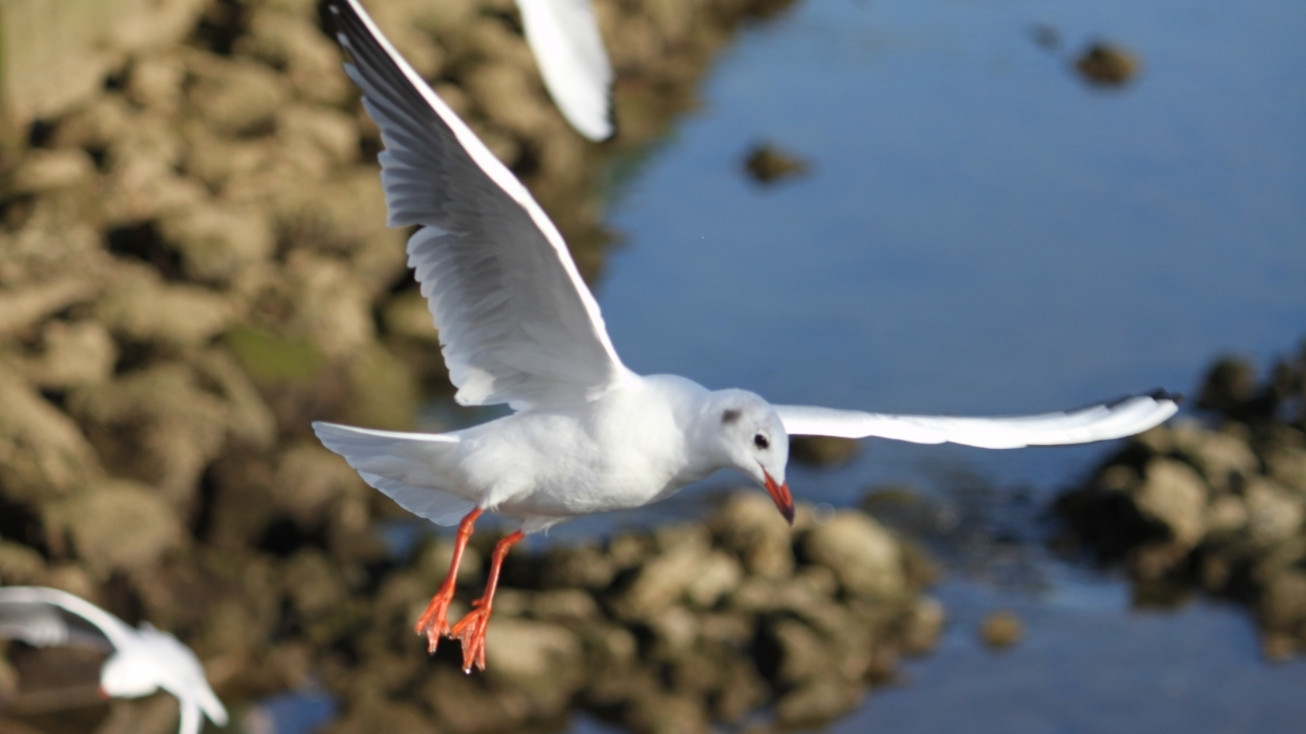
Birdwatching
The northern region of Portugal offers exceptional opportunities for birdwatching, with diverse habitats ranging from coastal wetlands to dramatic cliffs and untouched forests. Whether you are an experienced ornithologist or simply a nature enthusiast, there are prime locations to observe a wide variety of bird species.
In the Douro International Natural Park, towering cliffs provide safe nesting areas for vultures, eagles, and griffons. Spotting the rare Egyptian vulture is one of the most remarkable moments, and several strategic viewpoints allow visitors to watch these majestic birds in flight
In coastal wetlands and estuaries, such as the mouth of the Cávado River in the Northern Littoral Natural Park and the Local Natural Reserve of the Douro Estuary in Vila Nova de Gaia, birdwatchers can observe herons, spoonbills, flamingos, and various species of migratory ducks that find refuge here during seasonal migration
The Bertiandos Lagoon, a Protected Landscape in Ponte de Lima, features wooden walkways that cross reed beds where coots, grebes, and vibrantly colored kingfishers can be found.
Other key locations include the forests of Peneda-Gerês, where the melodious song of the firecrest echoes among the oak groves, and the northern coastline, where flocks of cormorants can be seen gliding over the waters.
Many parks provide observation points and informational panels to help visitors identify different species. To make the most of the experience, it is recommended to bring binoculars, a field guide, and, above all, patience and silence—essential elements for fully enjoying these unique encounters with wildlife.
4o
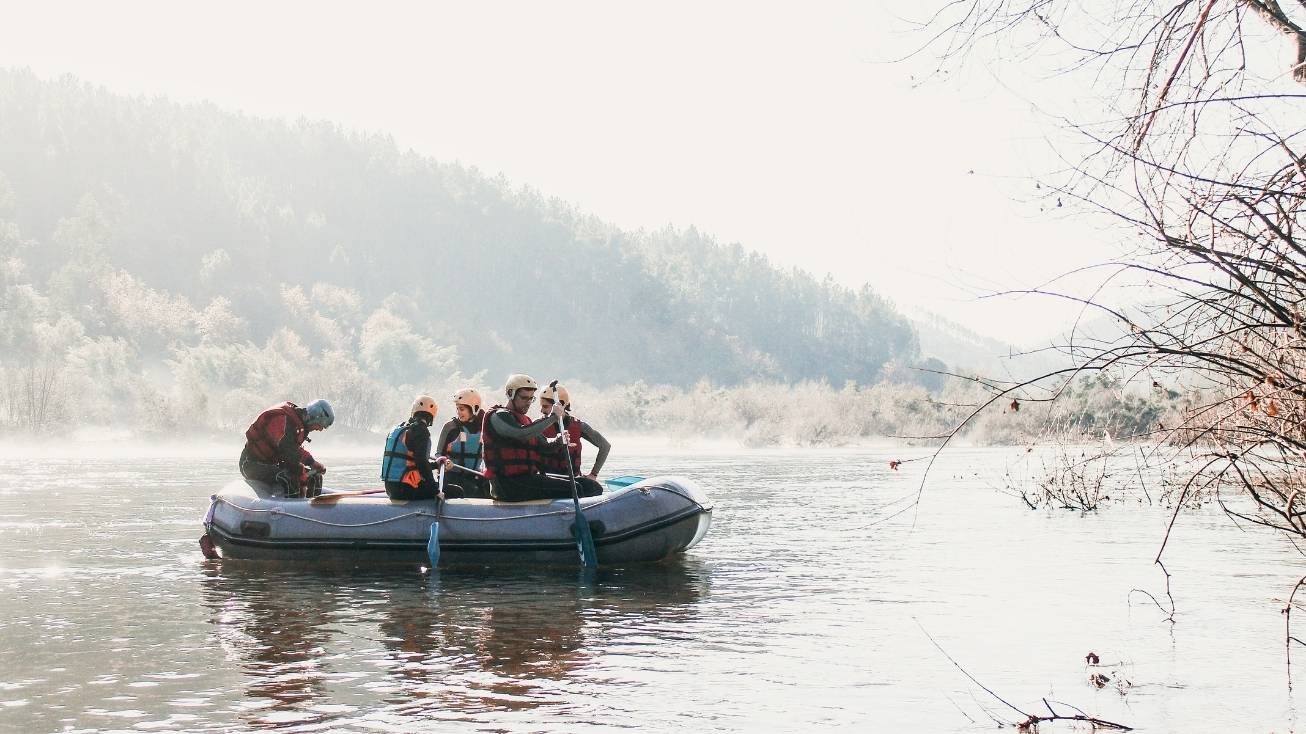
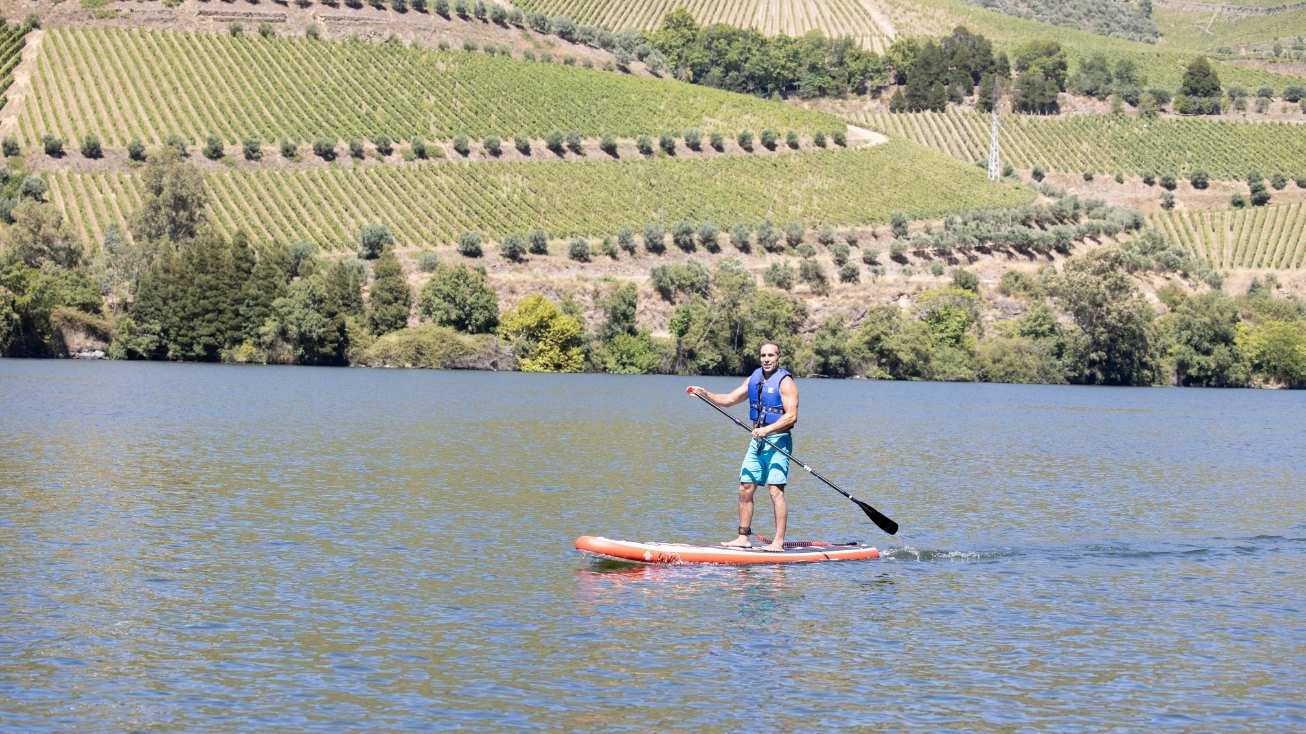
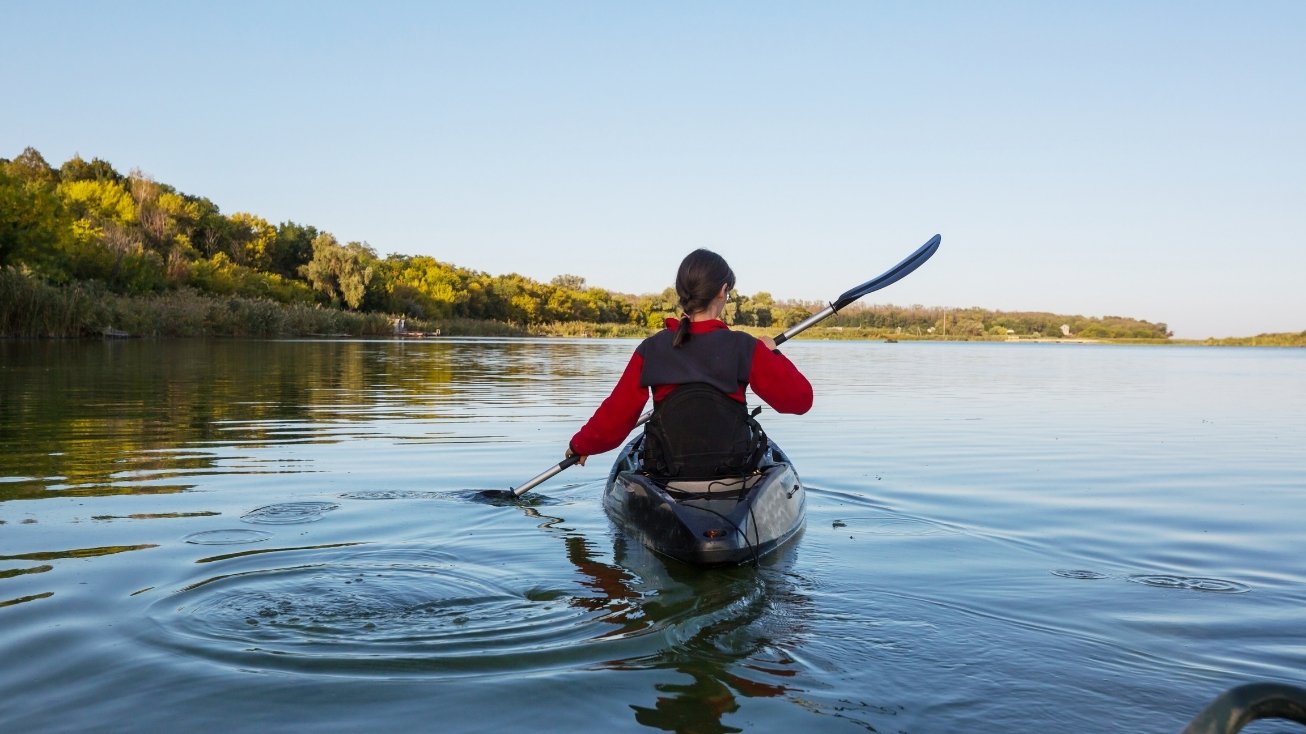
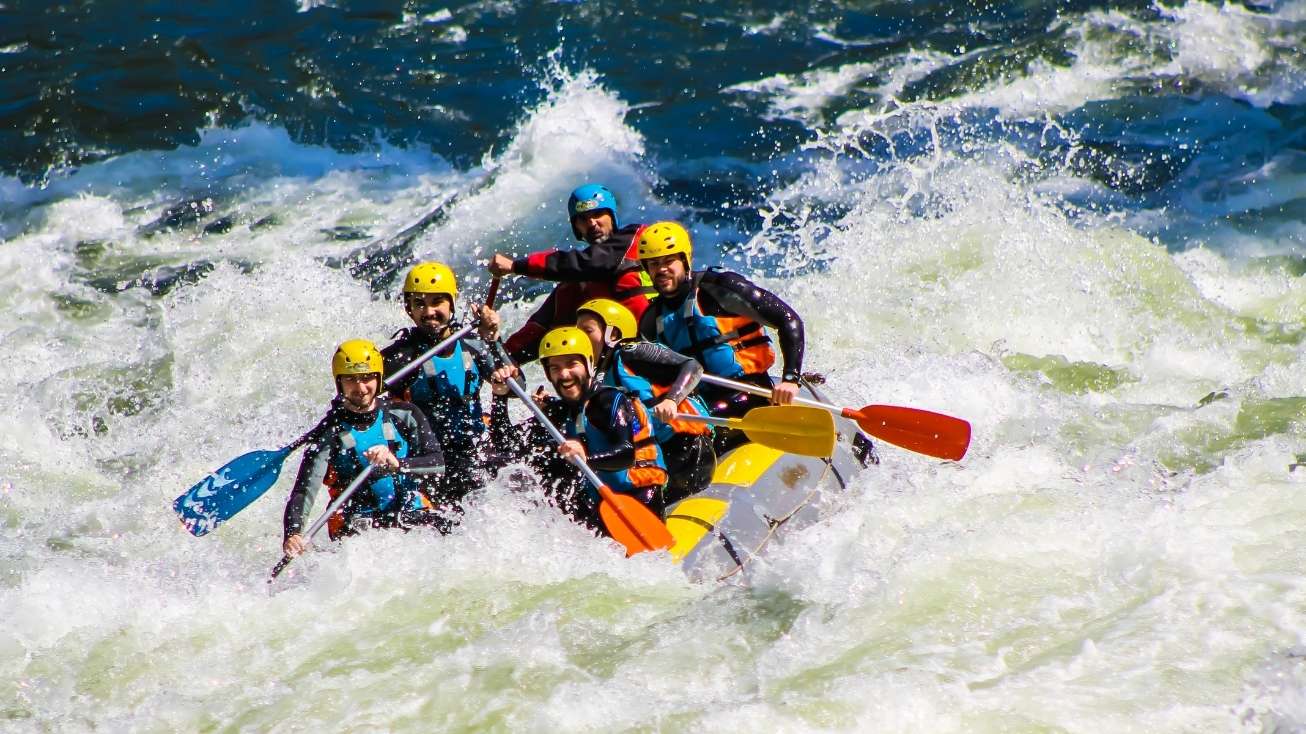
Water sports and river adventures
The rivers of northern Portugal, with their ever-changing flows—sometimes calm, sometimes wild—are an irresistible invitation for water sports enthusiasts.
The Paiva River, winding through the slopes of the Arouca Geopark, has gained international fame for its white waters. It is considered Portugal’s best river for rafting, offering thrilling experiences on its rapids. Local companies, led by experienced guides, organize rafting trips on the Paiva for most of the year, navigating class III and IV rapids in an adrenaline-fueled team challenge. The Minho River is also suitable for rafting and kayaking, especially along the international border section, which features moderate rapids, as well as the Upper Tâmega River.
For a more tranquil experience, canoeing is ideal on the calm stretches of the Lima, Cávado, or Douro rivers. Renting a kayak allows paddlers to glide along lush riverbanks, discovering small islands, river beaches, and even hidden historical landmarks, such as old water mills.
In the Gerês region, the Caniçada reservoir and other mountain lagoons provide the perfect setting for paddleboarding and canoeing. And why not try canyoning? In mountain streams like the Carcerelha (Gerês) or the Teixeira River (Montemuro), adventurers can hike, swim through waterfalls, and explore rocky gorges and secret natural pools, always guided by certified instructors for a safe and exhilarating experience.
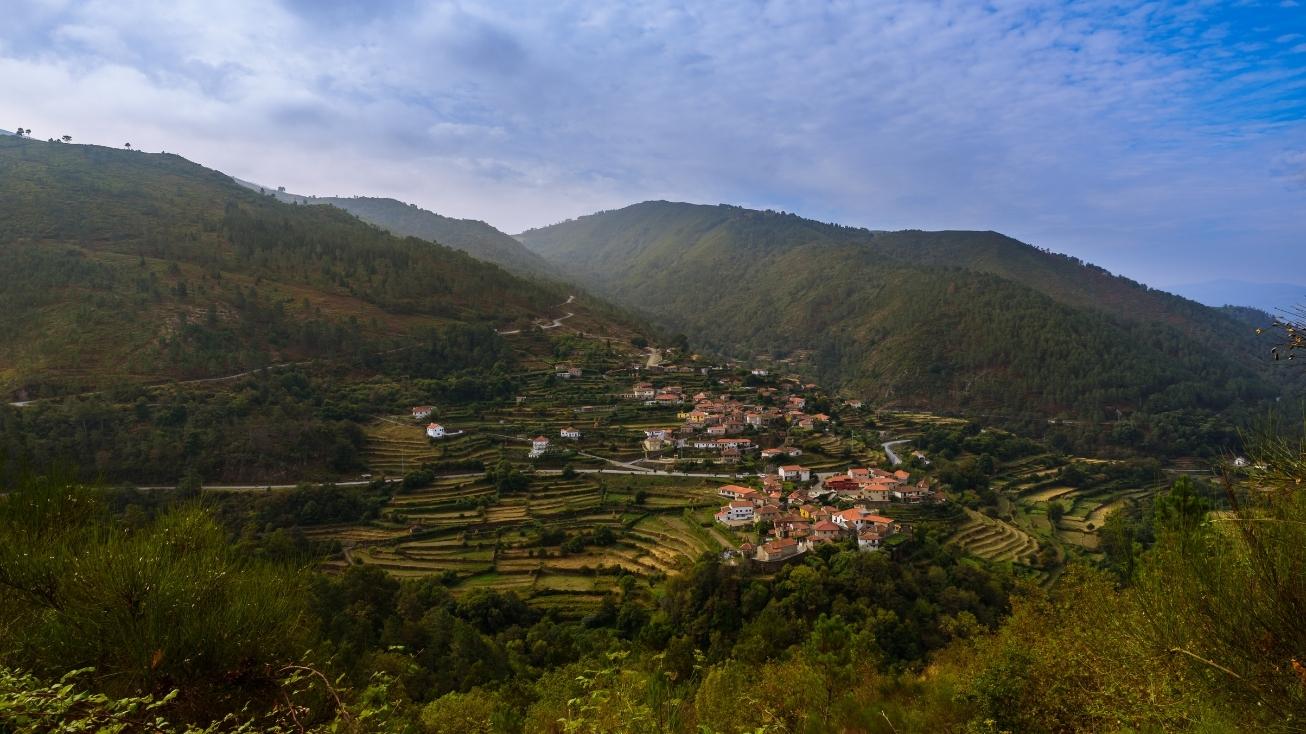
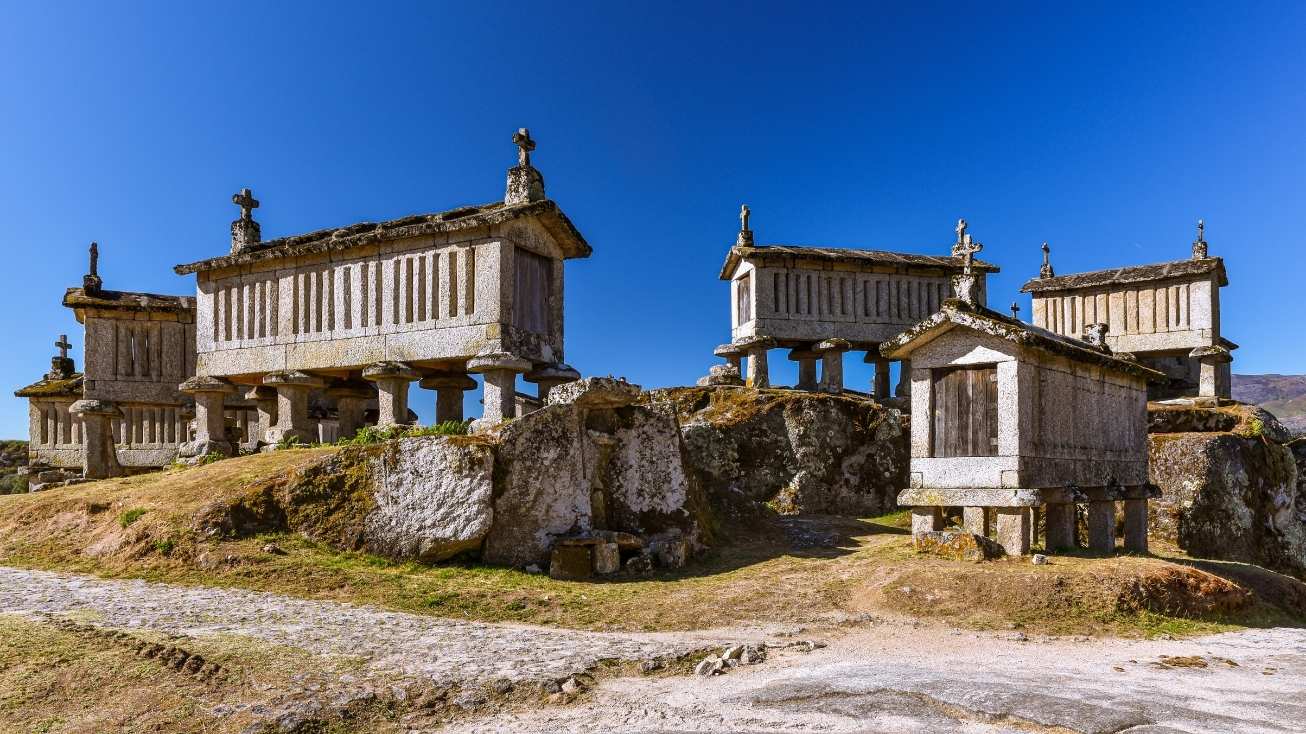
Rural tourism and traditional villages: arrive and stay
Beyond adventure activities, Northern Portugal offers immersive cultural experiences in rural settings that perfectly complement nature appreciation. Many of its natural landscapes are dotted with small, traditional villages where life moves at its own rhythm, offering an authentic glimpse into the Portuguese countryside.
For example, the picturesque village of Sistelo, nestled at the foot of the Gerês mountains, is utterly enchanting, with its green terraces and stone alleyways. It was one of the winners of the "7 Wonders of Portugal" award in the rural villages category.
Further up in the plateaus of Montalegre, at an altitude of 1,200 meters, lies Pitões das Júnias, entirely set within the Peneda-Gerês National Park and the Gerês-Xurés Biosphere Reserve. Here, visitors can explore the ruins of an ancient monastery enveloped by lush vegetation, savor the renowned Barrosão stew at a family-run restaurant, and stay in a charming rural accommodation. The silence of the mountains, punctuated only by the gentle chime of cattle bells, is an invitation to disconnect.
Many other villages are equally remarkable. Soajo and Lindoso stand out with their communal granaries and deeply rooted local traditions. Rio de Onor, a cross-border village where Portuguese and Spanish residents share a single community. Or Pena, in the Arouca Geopark, a tiny hamlet nestled among rugged cliffs. Expect warm hospitality and the chance to participate in age-old activities such as milking goats, baking cornbread in a wood-fired oven, or joining shepherds in their seasonal transhumance journeys.
Suggested itineraries: nature tourism
To help you plan your nature trip in Northern Portugal, we suggest a few itineraries that combine some of the natural and cultural attractions we've mentioned, always with a sustainable focus. These routes can be adapted according to the time available and the traveler’s interests, whether they lean towards mountains, culture, or adventure.
Sustainable tourism: preservation and environmental responsibility
With such a generous abundance of natural treasures, it is essential to promote sustainable tourism that ensures environmental protection and the well-being of local communities.
Northern Portugal has been a pioneer in this field, adopting practices and earning recognitions that highlight its commitment to environmental responsibility.